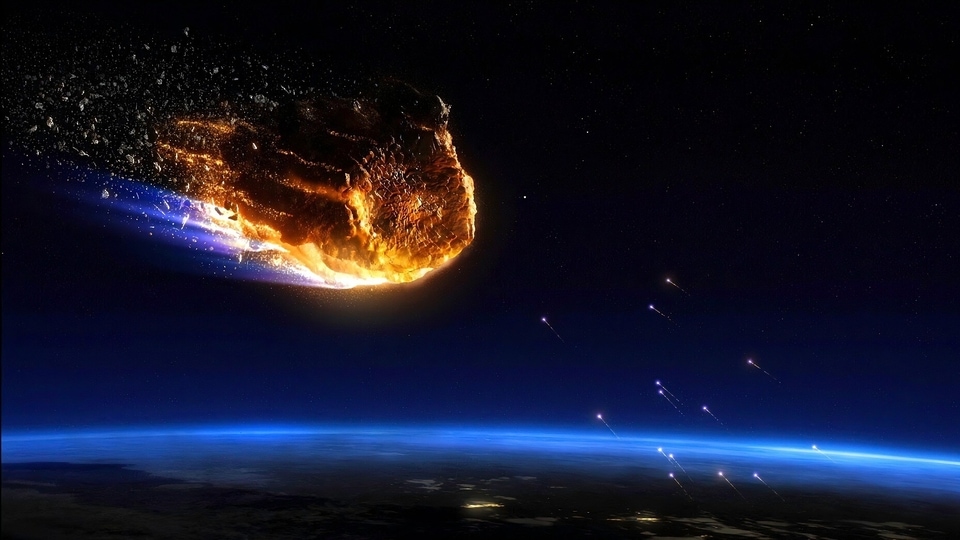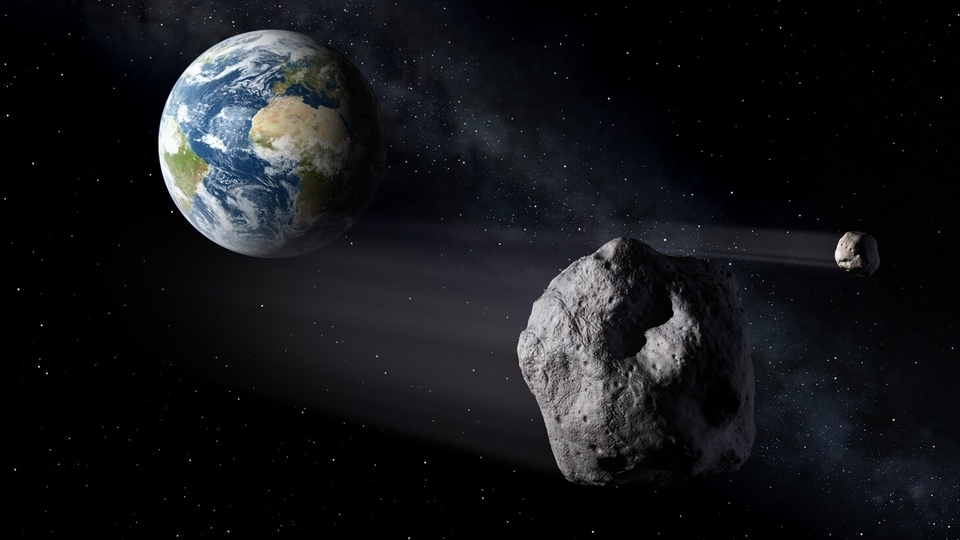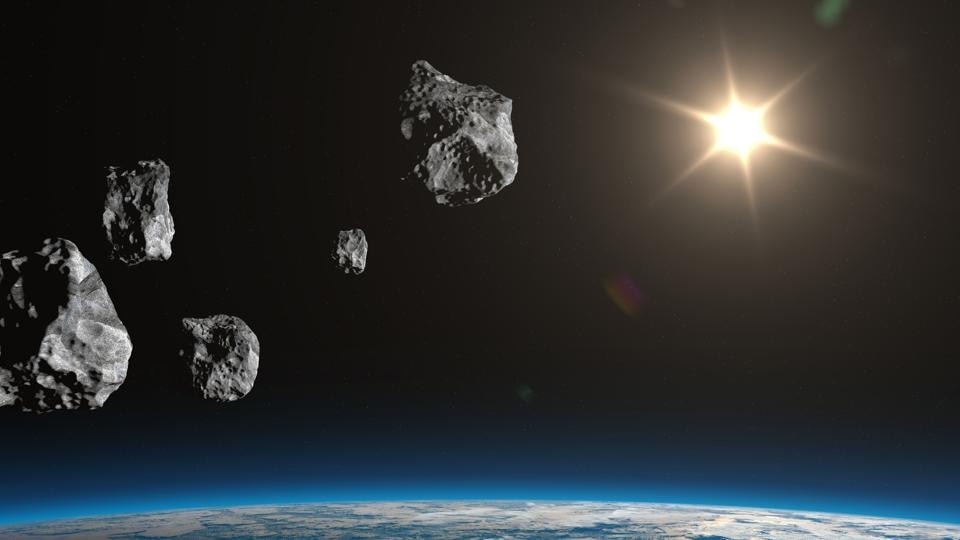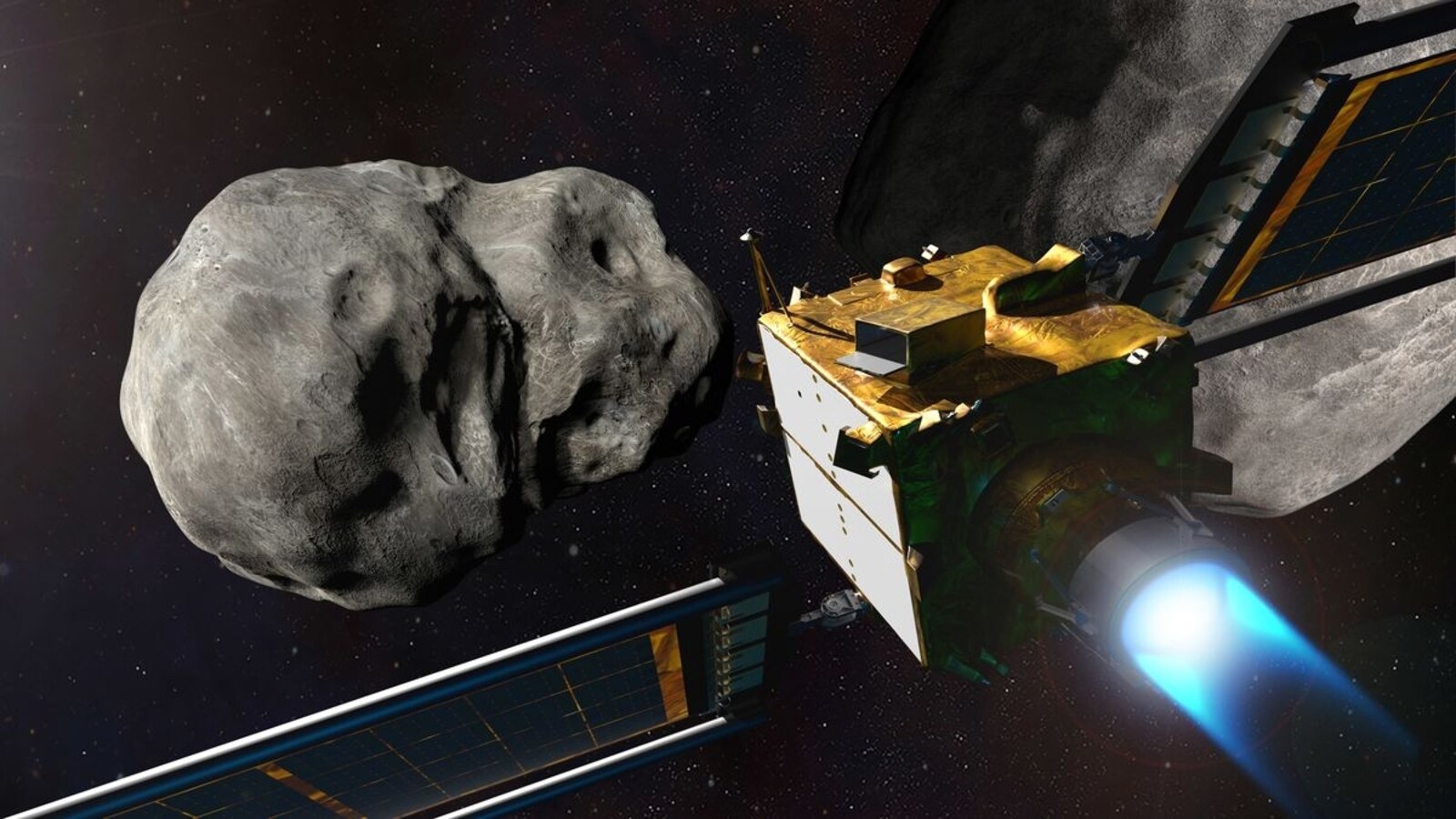Wow! James Webb, Hubble telescopes to snap NASA's 500kg DART craft crashing into asteroid
NASA's Double Asteroid Redirection Test (DART) will crash a 500kg craft into an asteroid; James Webb, Hubble to capture it.






 View all Images
View all ImagesNASA is all set to make an attempt to deflect an asteroid via the Double Asteroid Redirection Test (DART) on September 26. The process would involve crashing a 500kg spacecraft into binary asteroid 65803 Didymos' moonlet Dimorphous to change its trajectory. And the historic moment will be captured by James Webb Space Telescope and Hubble Space Telescope. The powerful telescopes that are already exploring the space will capture this live view of the moment of impact as NASA will turn them towards the DART impact that will take place at 7:14 p.m. EDT (2314 GMT). As per the report, DART will arrive at Didymos in September and will crash into Dimorphous at about 15,000 miles per hour.
However, scientists are not sure about how good these space-based observations will turn out. Nancy Chabot, a planetary scientist at Johns Hopkins University in Baltimore and the coordination lead for DART said, "Let me just stress here, this is not what JWST is designed to do; this is a challenging measurement for them."
Nasa shared that Dimorphos is much closer and moves much faster than the distant galaxies that JWST is designed for. They added that JWST will begin its observations a few minutes after impact whereas Hubble telescope will begin observations about 15 minutes after impact as it will be on the wrong side of Earth at the moment of impact. Tom Statler, DART program scientist earlier said, "Hubble won't actually catch the exact moment of impact. That's OK because we don't really expect anything to be really observable from the exact moment of impact.”
Launched in November 2021, DART will deflect an asteroid by using kinetic impact. The DART is designed to smash a spacecraft into the smaller member of the binary asteroid system. It's a part of NASA's larger planetary defense strategy to safeguard Earth in case of an asteroid posing threat to earth. However, the asteroid system is not a threat to our planet.
The DART mission is built and operated by the Johns Hopkins Applied Physics Laboratory (APL), under the direction of NASA's Planetary Defense Coordination Office (PDCO).
According to Nasa, the data from the crash will help scientists create mini-impacts in a lab and build sophisticated computer models based on these results.
Catch all the Latest Tech News, Mobile News, Laptop News, Gaming news, Wearables News , How To News, also keep up with us on Whatsapp channel,Twitter, Facebook, Google News, and Instagram. For our latest videos, subscribe to our YouTube channel.





























